2/2004
High Speed News
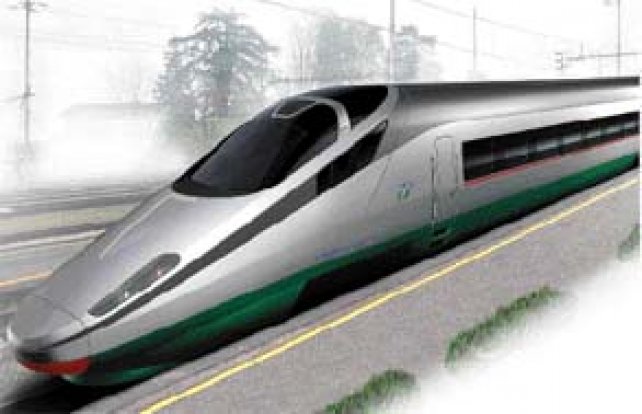
Recent months brought number of news from the field of high speed traffic worldwide - Cisalpino, a joint venture between Trenitalia and SBB, chose ALSTOM to build 14 Pendolinos; ALSTOM was then awarded a new contract for 12 more Pendolino trains by Trenitalia; RENFE awarded a consortium of ALSTOM and CAF a contract to supply and maintain thirty 1,435 mm gauge high-speed trains and 45 high-speed trains of variable gauge; on 1 April the first Korean high speed line, the Korea Train Express (KTX), commenced operation between Seoul and Daegu, and so on. Collection of brief reports on all these as well as couple of another events can be found in the issue.
The artist’s impression shows the future train for Trenitalia (in 3 kV DC + 25 kV 50 Hz version) and Cisalpino, which will be of similar design, but capable of running under 3 kV DC + 25 kV 50 Hz + 15 kV 16.7 Hz voltage systems.
Photo: Artist’s impression by ALSTOM
New GTW Units To Welcome Olympic Games
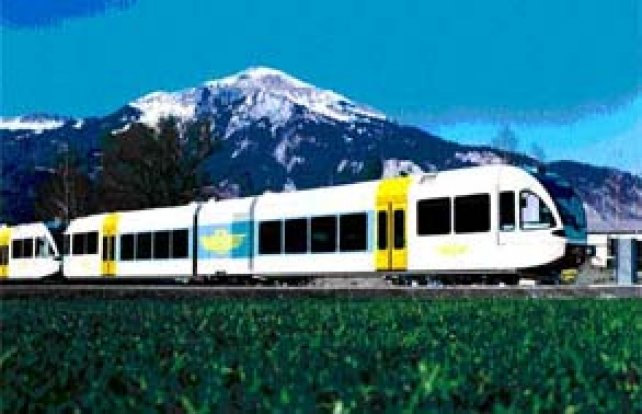
Two of the features of OSE rolling stock renewal programme are orders for Stadler-built GTW DMUs, comprising 17 Class 560 standard-gauge units and 12 Class 4501 metre-gauge units. The deliveries of Class 560 started in September 2003 and by March 2004, units 560 101, 108 - 115 were present in Greece. Completion of the final unit is expected by mid-May 2004. Deliveries of the narow-gauge trains started in early February 2004, while the last unit should be completed in May and shipped in June 2004.
Already completed metre gauge units 4305/4505/4405 and 4304/4504/4404 on one of the peripheral tracks of the large RhB area in Landquart on 17 March 2004.
Photo: Tomáš Kuchta
ZSSK Class 140 At Katowice
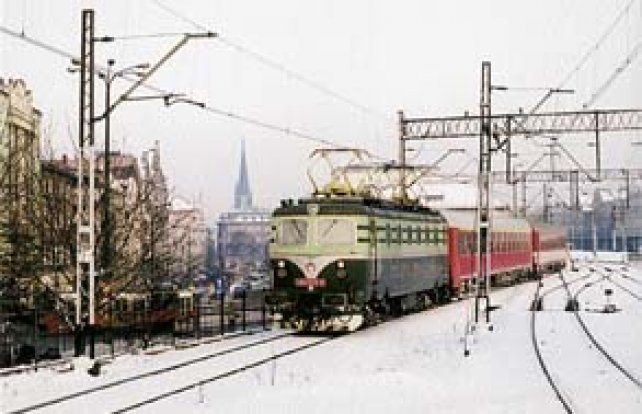
Following more than a year and a half of drawn-out preparations, the 2004 timetable features Slovakian Class 140 locomotives (nicknamed „Bobina“) working through to Katowice in Poland on the „Goral“ express (trains 332 and 333), which originates in Bratislava. The 140s haul these workings north of Žilina. Although both ŽSR and PKP networks are electrified at 3,000 V DC, a host of problems had to be surmounted before through international operation of these locomotives could become a reality.
140.045 of ZSSK heading the Bratislava-bound express 333 „Goral“ at Katowice on 24 January 2004.
Photo: Marián Dujnič
The Second Start For EU43/EU11
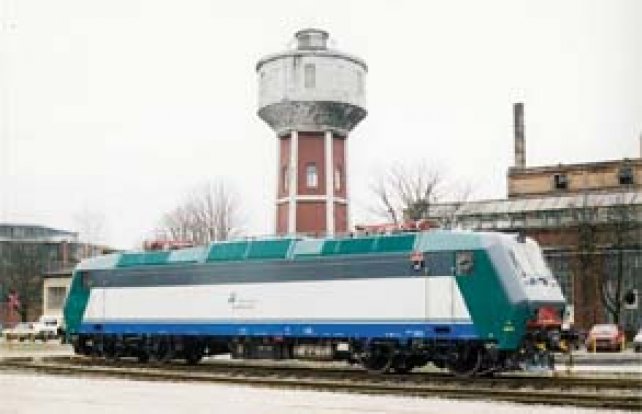
Just at this time, one of the saddest chapters in the recent history of PKP draws to a close with the departure for Italy of the final three Class EU11 locomotives from the Bombardier Transportation factory at Wroclaw. Following certain necessary modifications and repainting, they will follow the rest of the batch southwards to be incorporated in the Trenitalia fleet as members of Class E 405. The saga of the EU11/EU43s, which were to have revolutionised the PKP locomotive fleet, commenced in December 1996, when the company placed an order with Adtranz for Eight dual-voltage (3 kV DC/15 kV 16.7 Hz) type 112E locomotives, which would be known as Class EU43, and 42 single-voltage 3 kV DC type 113E locomotives, designated Class EU1.
After 3 February 2004, when a further batch of locomotives had departed for Italy, only three EU11s were left at Wrocław, already renumbered E 405 003, 016 and 042 for FS. The first of these is seen here on 4 February 2004.
Photo: Tomáš Kuchta
Class 66s In The Snow Kingdom
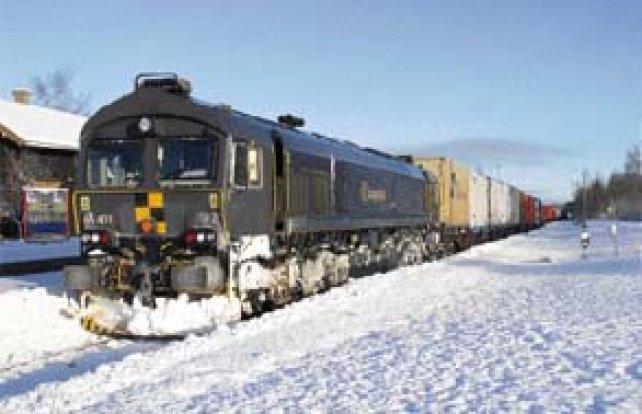
The winter of 2003/4 provided a tough test for CargoNet’s new fleet of Class 66 locomotives, leased through HSBC Rail since early 2003 for service on the Nordlandsbane, the 729 km line which connects Trondheim with Bodö. With 149.6 km of its route lying north of the Arctic Circle, this must undoubtfully be one of the most difficult railways in Europe as far as wintertime operation is concerned.
66 401 heading the Gt 5794 Bodö to Trondheim freight, during its intermediate stop at Skogn, about 80 km from its destination in early February 2004.
Photo: Öyvind Svärd
Britain Enters The High Speed Rail Club

On 28 September 2003 Union Railways inaugurated the first 73.8 km of the first main line railway built in the UK since the Great Central Railway completed its London - Nottingham - Sheffield/Manchester route in the early 20th century. Section 1 of the Channel Tunnel Rail Link (CTRL), between the Channel Tunnel terminal at Cheriton Junction and Southfleet, in the southeastern suburbs of London, has a line speed of 300 km/h and is electrified at 25 kV 50 Hz, thus being compatible with the evolving European high speed network.
CTRL Section 2 - Contract 105: new train deck on eastern side of St Pancras station under construction (13 August 2003).
Photo: Urban Exposure/RLE
And much more!
Cover of 2/2004
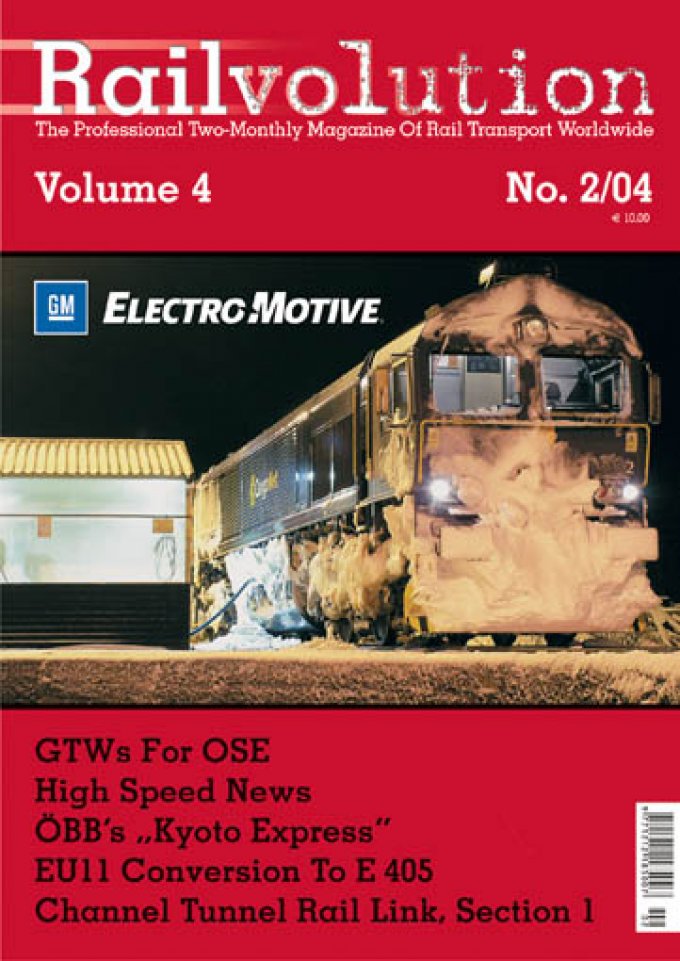
Poster
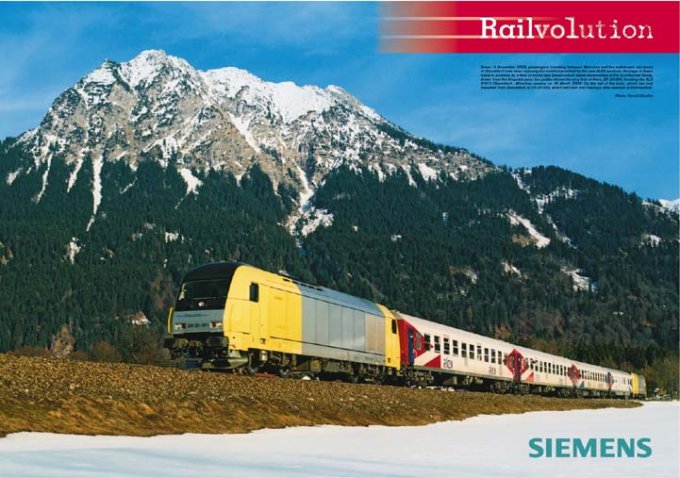
Features: a couple of Siemens Dispolok ER 20 diesel locomotives, top-and-tailing one of the ALEX services shortly behind Oberstdorf bound for München
